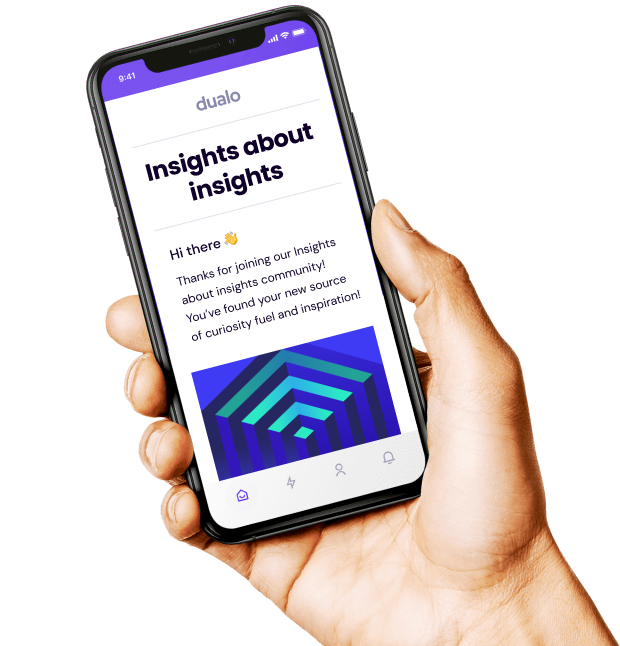How to approach upfront discovery for your insights hub
In this second post of our ‘Maximising existing research: 0-1’ blog series we talk about what upfront discovery is, and why it’s so important when embarking on the build of a new insights hub. We also share the typical questions that you might want to ask yourself and others as part of your initial discovery phase.






.svg)

.jpeg)

.jpeg)
.jpeg)

